Employee Development for Business Growth – Investing in Your Greatest Asset
Employee development is not just a buzzword in the corporate world, it is a powerful catalyst that fuels the growth and success of organisations.
From acquiring new skills to fostering a growth mindset, employee development empowers individuals to reach their full potential.
It goes beyond mere training sessions and embraces a holistic approach to continuous learning and improvement.
By investing in the growth and development of their greatest asset—their employees—businesses can unlock a host of benefits, including enhanced productivity, increased employee engagement, and a thriving culture of innovation.
In this blog, we will explore the significance of employee development in driving business growth and discuss actionable strategies to invest in the professional growth of your workforce.
Get ready to discover how investing in employee development can propel your organisation to new heights.
Contents
Why Employees are a Business’s Greatest Asset
Employee Development vs Employee Training
The Importance of Investing in Employee Development
The Impact of Employee Development on Business Growth
The Role of Employee Development in Employee Retention
How Employee Development Can Boost Productivity and Efficiency
Strategies for Investing in Employee Development
How to Measure the Success of an Employee Development Program

What is Employee Development?
At its heart, employee development is all about growth and learning.
It’s not just a one-time training session when someone joins a team. Instead, it’s a continuous journey of learning and improvement.
Employee development is the way companies equip their employees with the skills, knowledge, and abilities they need to perform better and contribute more.
It’s about making sure every person in the company is constantly improving and reaching their full potential.
Think of it as an investment. When a company invests in its employees, they grow, and as they grow, so does the business.
It’s about more than just training.
It’s about fostering a culture of learning and continuous improvement that helps both employees and the business thrive.
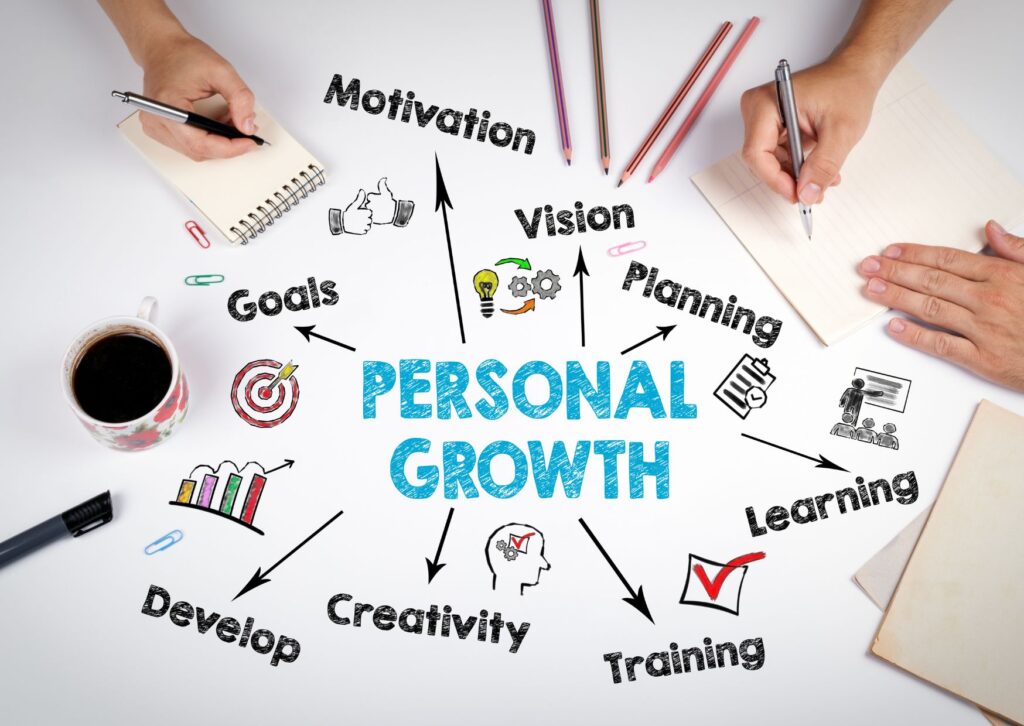
Why Employees are a Business’s Greatest Asset
Imagine a business without employees. Can you? It’s pretty tough, right?
That’s because a business, any business, is nothing without its people.
They are the ones who implement strategies, deliver services, and create products. They interact with customers, drive innovation, and make things happen.
In short, employees are the engine that makes a business run.
Unlike machines or technology, employees bring something unique to the table – their creativity, their problem-solving abilities, their passion, and their dedication.
These are things that can’t be bought or manufactured. They can’t be replaced by automation or artificial intelligence.
This is why employees are often referred to as a company’s greatest asset.
Investing in your employees, therefore, means investing in the very heart of your business.
When you help your employees grow, learn, and succeed, you’re not just benefiting them individually. You’re also strengthening your business.
The more knowledgeable, skilled, and happy your employees are, the better your business performs.
In the end, the success of a business is closely tied to the success of its employees.
The two go hand in hand. So when we say that employees are a business’s greatest asset, it’s not just a nice phrase.
It’s a fundamental truth about how businesses work and thrive.

Employee Development vs Employee Training
Employee training and employee development might seem like the same thing.
After all, both involve learning new skills, right?
Well, not quite. Let’s clear up the confusion.
Employee training is about learning specific skills for a specific role.
It’s focused on the here and now.
For example, learning how to use a new software, or getting trained on customer service techniques.
It’s usually a one-time event or a periodic process. Once the training is done, it’s checked off the list.
On the other hand, employee development is a broader, long-term process.
It goes beyond the current role and looks at an employee’s entire career path within the organisation.
It’s not just about learning specific skills. It’s about overall growth and advancement.
While training might teach an employee how to do something, development teaches them why it matters, and how it fits into the bigger picture.
It helps them understand their role in the company’s success and prepares them for future challenges and opportunities.
In a nutshell, training is a sprint, it’s about quick wins.
Development, however, is a marathon. It’s about fostering a culture of continuous learning and growth.
Both are important, but it’s the development that really helps employees and businesses thrive in the long run

The Importance of Investing in Employee Development
When it comes to investing in your business, there are many places you might consider.
New technology, marketing, even a fancy office. But there’s one place where your investment can really make a difference: employee development.
So, why is investing in employee development so important?
Firstly, investing in employee development shows that you value your employees.
It sends a message that you see them not just as workers, but as individuals with their own ambitions and potential.
This can do wonders for employee morale and loyalty.
Secondly, it helps you build a stronger team.
As your employees gain new skills and deepen their knowledge, they’ll be able to tackle more complex tasks, solve problems more effectively, and come up with innovative ideas. That’s a win for everyone!
Lastly, it’s is a powerful tool for attracting and retaining top talent.
In today’s competitive job market, the best candidates are often looking for more than just a paycheck.
They want opportunities to learn, grow, and advance in their careers.
By offering robust development opportunities, you can make your company a more attractive place to work.
In short, investing in employee development isn’t just a nice-to-have.
It’s a must-have for any business that wants to thrive in the modern marketplace.
It’s about more than just improving skills.
It’s about cultivating a workforce that is engaged, motivated, and ready to take your business to new heights.

The Impact of Employee Development on Business Growth
Now let’s shift gears a bit. We’ve talked about what employee development is, why it matters, and why you should invest in it.
But how exactly does it affect business growth? Let’s take a look.
When employees are given the opportunity to develop, they’re likely to be more engaged with their work. And when they’re engaged, they’re more productive.
More productivity means more output, better service, and ultimately, more growth for your business.
The ripple effect of employee development doesn’t stop at productivity.
As your employees gain new skills and competencies, they become more versatile. They can take on new responsibilities, adapt to changes, and contribute to various parts of your business.
This versatility can help your business navigate the ups and downs of the market, keeping you on a steady path of growth.
Investing in employee development also fuels innovation.
When employees learn and grow, they’re not just improving existing skills. They’re also learning new ways of thinking and solving problems.
This can lead to fresh ideas and innovative solutions that give your business a competitive edge.
And let’s not forget about reputation. A business that invests in employee development is more likely to be seen as a good employer.
This reputation can help you attract the best talent in the industry, and as we all know, talent plays a big part in business growth.
In essence, the impact of employee development on business growth is multifaceted.
It goes beyond numbers and metrics. It’s about creating a sustainable, adaptable, and innovative business that’s poised for long-term success.

The Role of Employee Development in Employee Retention
Have you ever heard the phrase, ‘People don’t leave jobs, they leave managers’?
Well, there’s some truth to that, but it’s not the whole picture.
More accurately, people often leave jobs where they feel stagnant, unappreciated, or unchallenged. That’s where employee development comes in.
In a world where job hopping has become increasingly common, employee retention is a real challenge for businesses.
So, how can employee development help keep your team members onboard?
When you invest in employee development, you’re showing your employees that you’re interested in their future.
You’re not just saying, ‘We value you,’ you’re demonstrating it. This creates a sense of appreciation and loyalty, which is a powerful motivator for people to stay.
Employee development also helps keep work exciting and challenging.
Nobody wants to do the same thing day in and day out.
Development opportunities provide new learning experiences, a chance to explore different paths, and the satisfaction of mastering new skills.
This helps keep job satisfaction high and fosters a positive work environment.
Moreover, development programs can lead to career advancement within the company.
When employees see a clear career pathway and future growth in their current organisation, they are less likely to seek opportunities elsewhere.
So, in a nutshell, employee development plays a critical role in employee retention.
It’s an essential part of creating a work environment where people want to stick around for the long haul.
By focusing on employee development, you’re not just investing in your business’s success, you’re also building a committed and motivated workforce.
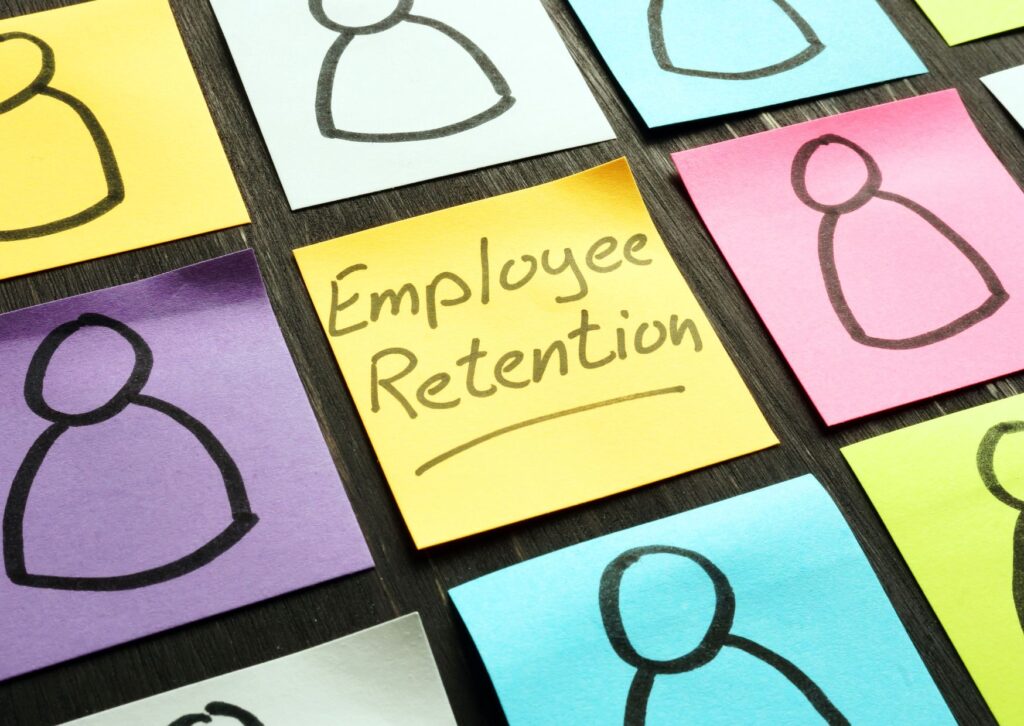
How Employee Development Can Boost Productivity and Efficiency
We’ve all heard the phrase ‘time is money.’ In the business world, this couldn’t be truer.
That’s why productivity and efficiency are so crucial. But how does employee development factor into this equation?
When we talk about employee development, we’re not just referring to learning new skills.
We’re also talking about refining existing ones, learning to use them more effectively, and understanding how to leverage them to achieve more with less effort.
This improvement and refinement of skills can directly boost productivity and efficiency.
Consider an employee who’s received training on a new project management tool.
With this new knowledge, they can plan and manage projects more effectively, leading to better utilisation of resources, less wasted time, and quicker project completion. The result? Greater productivity and efficiency.
Development programs also foster problem-solving skills.
When employees are well-versed in identifying issues, brainstorming solutions, and implementing fixes, processes run smoother.
This reduces bottlenecks and hiccups, leading to more efficient operations.
Furthermore, employee development programs often encourage better communication and collaboration skills.
When teams communicate effectively, they’re able to work together more seamlessly, avoid misunderstandings, and get things done faster.
In a nutshell, employee development helps individuals work smarter, not harder.
By investing in development, businesses can cultivate a more productive and efficient workforce, driving better results and greater growth in the long run.
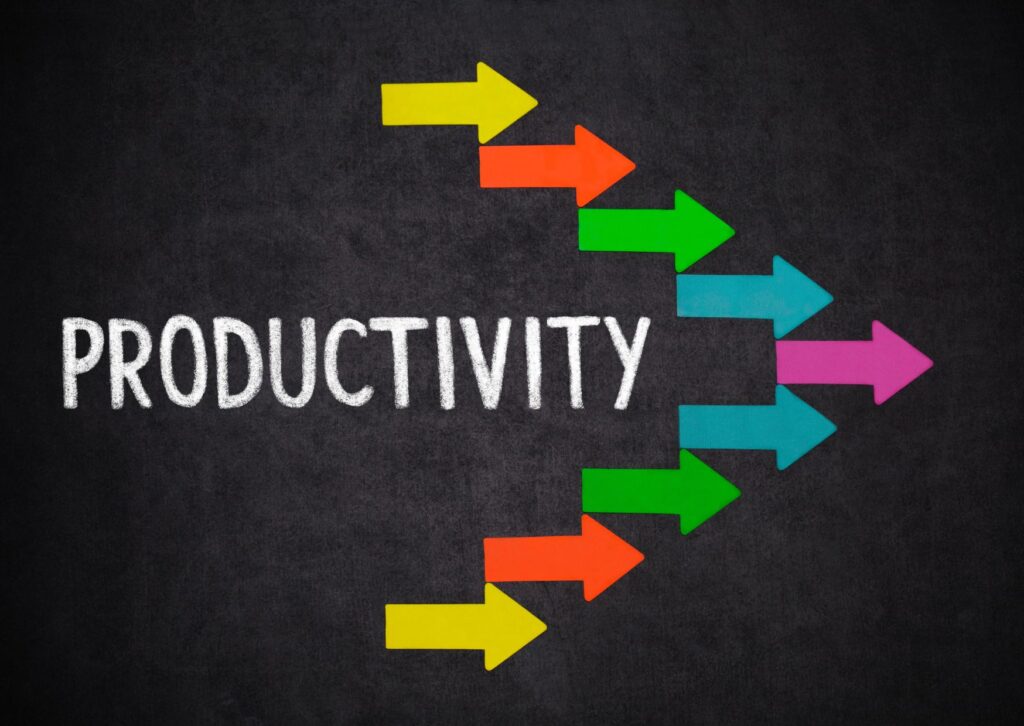
Strategies for Investing in Employee Development
Now that we’ve established the value of employee development, you might be wondering, “How do I actually put this into practice?”
Well, here are some strategies to get you started.
- Establish a Learning Culture
Create an environment where continuous learning is encouraged and valued. This could be through sharing learning resources, promoting online courses, or hosting regular ‘knowledge sharing’ sessions.
- Implement a Mentorship Program
Pair less experienced employees with seasoned colleagues. This allows them to learn from each other and fosters a sense of community and collaboration.
- Provide Opportunities for Cross-Training
Allow employees to learn about different roles and departments. This expands their skill set and gives them a broader understanding of the business.
- Encourage Personal Development Goals
Recognise that everyone has unique career ambitions. Support your employees in pursuing these goals, whether it’s learning a new language or mastering a specific skill.
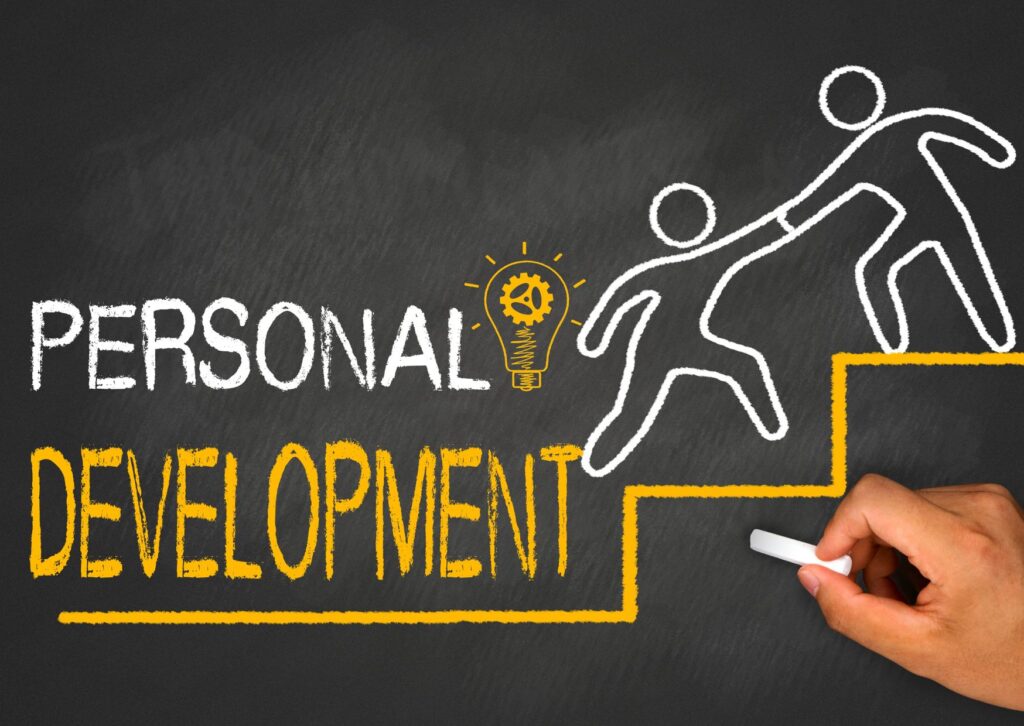
- Invest in Leadership Development
Identify potential leaders within your team and provide them with the resources and training they need to grow into leadership roles. This could involve executive coaching or wellbeing workshops to support their health and wellbeing.
- Regularly Seek and Give Feedback
Constructive feedback is crucial for development. Make sure there are channels for both giving and receiving feedback in your organisation.
Remember, investing in employee development isn’t a one-size-fits-all solution. What works for one organisation might not work for another.
The key is to listen to your employees, understand their needs, and create development opportunities that help them grow while contributing to the success of your business.
How to Measure the Success of an Employee Development Program
Investing in your employees’ is essential, but how can you tell if your efforts are paying off? Here are some effective ways to measure the success of your employee development program:
1. Goal Achievement
Set clear, measurable goals for each employee or team participating in the program. Regularly review and track progress towards these goals to assess the impact of the development program.
2. Performance Improvement
Monitor changes in performance indicators, such as increased productivity, improved quality of work, or enhanced customer satisfaction. These improvements can serve as concrete evidence of the program’s effectiveness.
3. Employee Feedback
Seek feedback from participants to gauge their perception of the program. Conduct surveys, interviews, or focus groups to gather insights on their learning experience, application of new skills, and overall satisfaction.
4. Employee Engagement
Measure employee engagement levels before and after the development program. Look for changes in factors such as job satisfaction, motivation, and willingness to go the extra mile.
Engaged employees are more likely to actively participate in their own development and contribute to organisational success.
5. Knowledge and Skill Assessments
Utilise pre and post-program assessments to measure the knowledge and skills gained by employees. This can help identify areas of improvement and track the program’s impact on individual and team capabilities.
6. Promotion and Retention Rates
Monitor the number of employees who receive promotions or take on new responsibilities within the organisation after participating in the development program.
Additionally, track retention rates to assess whether the program contributes to employee loyalty and long-term commitment.
Remember, measuring the success of an employee development program is an ongoing process.
Regularly evaluate the program’s outcomes, gather feedback from participants, and adapt your approach based on the data you collect.
By doing so, you can continuously improve your program’s effectiveness and ensure it aligns with the needs of both your employees and your business.
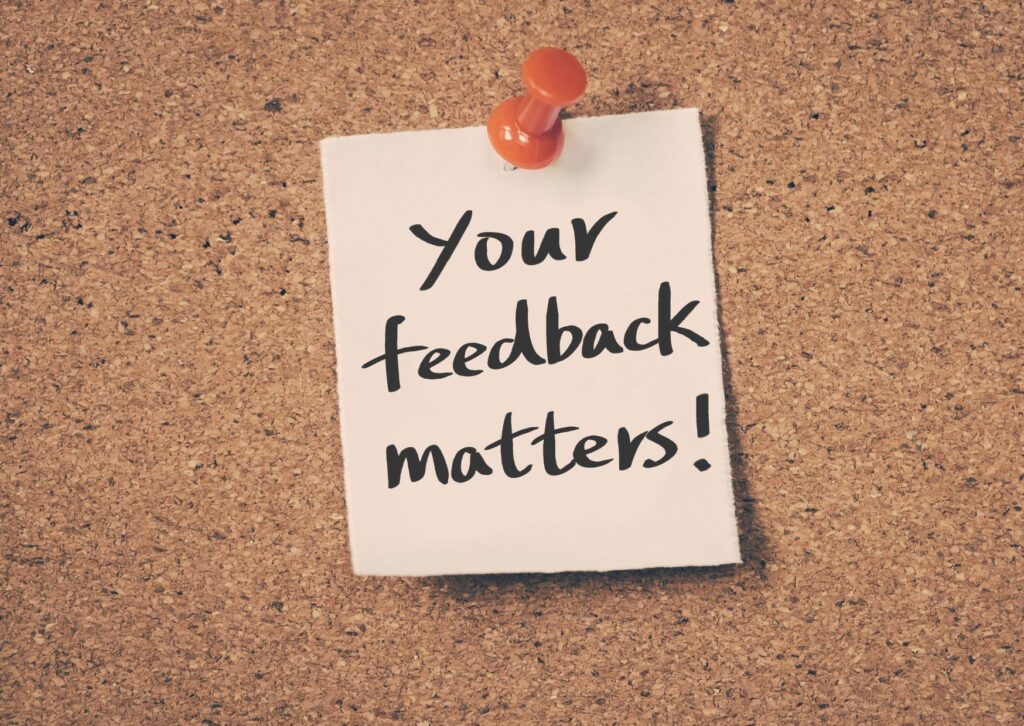
In conclusion, employee development is an indispensable investment for businesses seeking sustainable growth and long-term success.
By prioritising the growth and wellbeing of your employees, you not only cultivate a highly skilled and engaged workforce but also foster a culture of continuous learning and innovation.
The positive impact of developing employees ripples throughout the organisation, driving productivity, enhancing retention rates, and attracting top talent.
As you embark on the journey of investing in your greatest asset, remember this is not just an expense, it is an invaluable opportunity to unlock the full potential of your workforce and achieve remarkable business growth.
So, take the leap, embrace employee development as a strategic priority, and watch your organisation thrive in a world where continuous learning is the key to success.
Author
Tyler Lowe – Health & Wellbeing Speaker
BSc Sport & Exercise Rehabilitation


